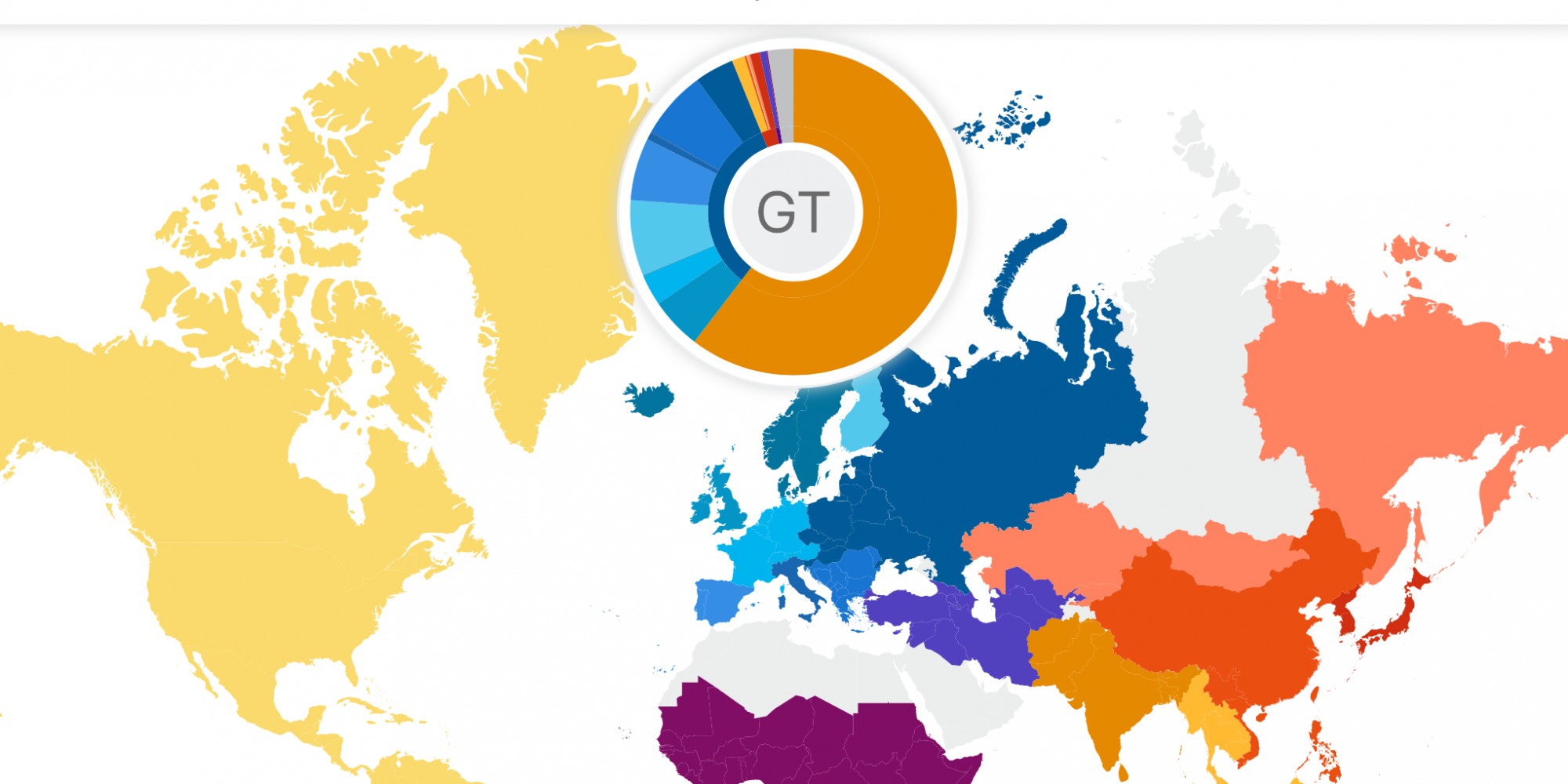I’ve been researching the family tree for the last 15 years.
Some of the branches disappear from the record after only three generations but I can go back to my great-great-great grandfather, William Taylor, who worked as Superintendent at both the Vepery Mission and at Monegar Choultry. On mum’s side I think I’ve gone back one generation further to family in Wiltshire.
Britons, basically (including an Irishman called Sylvester Ince, from Dublin), a bit of French, Portuguese and one or two people listed as “a native woman” in the Ecclesiastical Records. People who settled in the subcontinent but who were, for the most part, European, with perhaps 1/16 or 1/32 actual Indian.
I wrote last month that I’d sent my DNA off to be tested. You can imagine my surprise when the results came back… 60.3% “Broadly South Asian”. Not only that, but the bits of India they think I have in me don’t match up with where I know the family was.
Even more confusing was that, of the 33.6% that I am European, only 5.3% could be classed as Britain and Ireland (15.8% north-western Europe total). Spanish & Portuguese can one at 6.1% (13.9% southern Europe). Actually, the 6.1% bit made sense given the Demorias, Mascurine and D’Cruz surnames.
Down the rabbit hole
Then it starts to get weirder.
East Asian & Native American is a grouping, which comes in at 2.8%. Of which, 0.1% is Native American. How?
And then, just to really throw things for a loop, 2.5% “Unassigned”. Over two percent of my DNA cannot be identified, which ought to be quite scary.
It’s at this point you realise that DNA testing for genealogical purposes has as much validity as astrology. There’s just not enough genetic data around in 23andme’s database (around 5 million people, according to reports elsewhere) to make valid comparisons.
There are I think two reasons for these odd results, the first and most obvious being that ancestral DNA gets diluted with every generation. Eight or nine generations ago I might have been 100% British / European, but recent additions from elsewhere will ‘swamp the signal’.
Community centres
The other reason is that Britons in particular, and Europeans in general, formed a community that later became termed Anglo-Indian. Really, this is what I should be putting down as my ethic grouping but I know that it would just get confused with British Asian, which is a wholly different thing.
The Anglo-Indian community was large, covering the major administrative centres of British India, so when people went forth to settle down and multiply (and boy, did they ever…) they did so from within their own community. I’ve several examples of pairs of brothers from one family marrying pairs of sisters from another; or a brother and a sister from one family marrying a sister and a brother from another.
So instead of becoming diluted, it’s probably that the ‘native’ DNA was amplified as it was brought back in to the family instead of being filtered out.
I say ‘probably’ because, to be honest, I haven’t a Scooby Doo.
One last thing…
There is, of course, a twist to this tale (and not just in the double helix). There’s a ‘DNA Relatives’ section of the site, and I was contacted by someone who is also descended from William Taylor, via one of several unknown-to-me siblings of his first son, William Roy Taylor. We share 0.38% of our DNA, which doesn’t sound like much but which is clearly enough when we compared research.
She also gave me lots of names to look up. Sadly, they’re not in the India Office records and I won’t include anyone in my tree without some proof, even though I found a couple of trees online with the same names (they also didn’t quote any references).
I also share 1.05% of my DNA with one of my half-second cousins (I went to his wedding in 2007, so at least I know that that’s correct – if a little on the low side, I’d expect it to be 3.125%) and apparently share 6.33% of my DNA with someone in California, who may be a full second cousin from a branch of one side of the family none of us has come across before.
In short: while I took the test to gain some clarity, all I’ve gained is yet more confusion…
